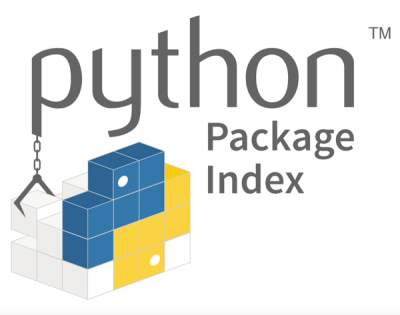vuelidate
Simple, lightweight model-based validation for Vue.js 2.x & 3.0
Visit Vuelidate Docs for detailed instructions.
Silver

Bronze

Installation
You can use Vuelidate just by itself, but we suggest you use it along @vuelidate/validators, as it gives a nice collection of commonly used
validators.
Vuelidate supports both Vue 3.0 and Vue 2.x
npm install @vuelidate/core @vuelidate/validators
yarn add @vuelidate/core @vuelidate/validators
Usage with Options API
To use Vuelidate with the Options API, you just need to return an empty Vuelidate instance from setup.
Your validation state lives in the data and the rules are in validations function.
import { email, required } from '@vuelidate/validators'
import { useVuelidate } from '@vuelidate/core'
export default {
name: 'UsersPage',
data: () => ({
form: {
name: '',
email: ''
}
}),
setup: () => ({ v$: useVuelidate() }),
validations () {
return {
form: {
name: { required },
email: { required, email }
}
}
}
}
Usage with Composition API
To use Vuelidate with the Composition API, you need to provide it a state and set of validation rules, for that state.
The state can be a reactive object or a collection of refs.
import { reactive } from 'vue'
import { useVuelidate } from '@vuelidate/core'
import { email, required } from '@vuelidate/validators'
export default {
setup () {
const state = reactive({
name: '',
emailAddress: ''
})
const rules = {
name: { required },
emailAddress: { required, email }
}
const v$ = useVuelidate(rules, state)
return { state, v$ }
}
}
Providing global config to your Vuelidate instance
You can provide global configs to your Vuelidate instance using the third parameter of useVuelidate or by using the validationsConfig. These
config options are used to change some core Vuelidate functionality, like $autoDirty, $lazy, $scope and more. Learn all about them
in Validation Configuration.
Config with Options API
<script>
import { useVuelidate } from '@vuelidate/core'
export default {
data () {
return { ...state }
},
validations () {
return { ...validations }
},
setup: () => ({ v$: useVuelidate() }),
validationConfig: {
$lazy: true,
}
}
</script>
Config with Composition API
import { reactive } from 'vue'
import { useVuelidate } from '@vuelidate/core'
import { email, required } from '@vuelidate/validators'
export default {
setup () {
const state = reactive({})
const rules = {}
const v$ = useVuelidate(rules, state, { $lazy: true })
return { state, v$ }
}
}
The validation object, aka v$ object
interface ValidationState {
$dirty: false,
$touch: Function,
$reset: Function,
$errors: [],
$error: false,
$invalid: false,
}
Validations rules are on by default
Validation in Vuelidate 2 is by default on, meaning validators are called on initialisation, but an error is considered active, only after a field is dirty, so after $touch() is called or by using $model.
If you wish to make a validation lazy, meaning it only runs validations once it a field is dirty, you can pass a { $lazy: true } property to
Vuelidate. This saves extra invocations for async validators as well as makes the initial validation setup a bit more performant.
const v = useVuelidate(rules, state, { $lazy: true })
Resetting dirty state
If you wish to reset a form's $dirty state, you can do so by using the appropriately named $reset method. For example when closing a create/edit
modal, you dont want the validation state to persist.
<app-modal @closed="v$.$reset()">
<!-- some inputs -->
</app-modal>
Displaying error messages
The validation state holds useful data, like the invalid state of each property validator, along with extra properties, like an error message or extra
parameters.
Error messages come out of the box with the bundled validators in @vuelidate/validators package. You can check how change those them over at
the Custom Validators page
The easiest way to display errors is to use the form's top level $errors property. It is an array of validation objects, that you can iterate over.
<p
v-for="(error, index) of $v.$errors"
:key="index"
>
<strong>{{ error.$validator }}</strong>
<small> on property</small>
<strong>{{ error.$property }}</strong>
<small> says:</small>
<strong>{{ error.$message }}</strong>
</p>
You can also check for errors on each form property:
<p
v-for="(error, index) of $v.name.$errors"
:key="index"
>
<!-- Same as above -->
</p>
For more info, visit the Vuelidate Docs.
Development
To test the package run
yarn install
yarn build
yarn dev
yarn test:unit





